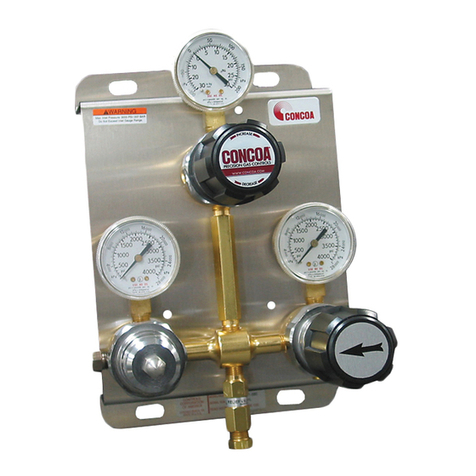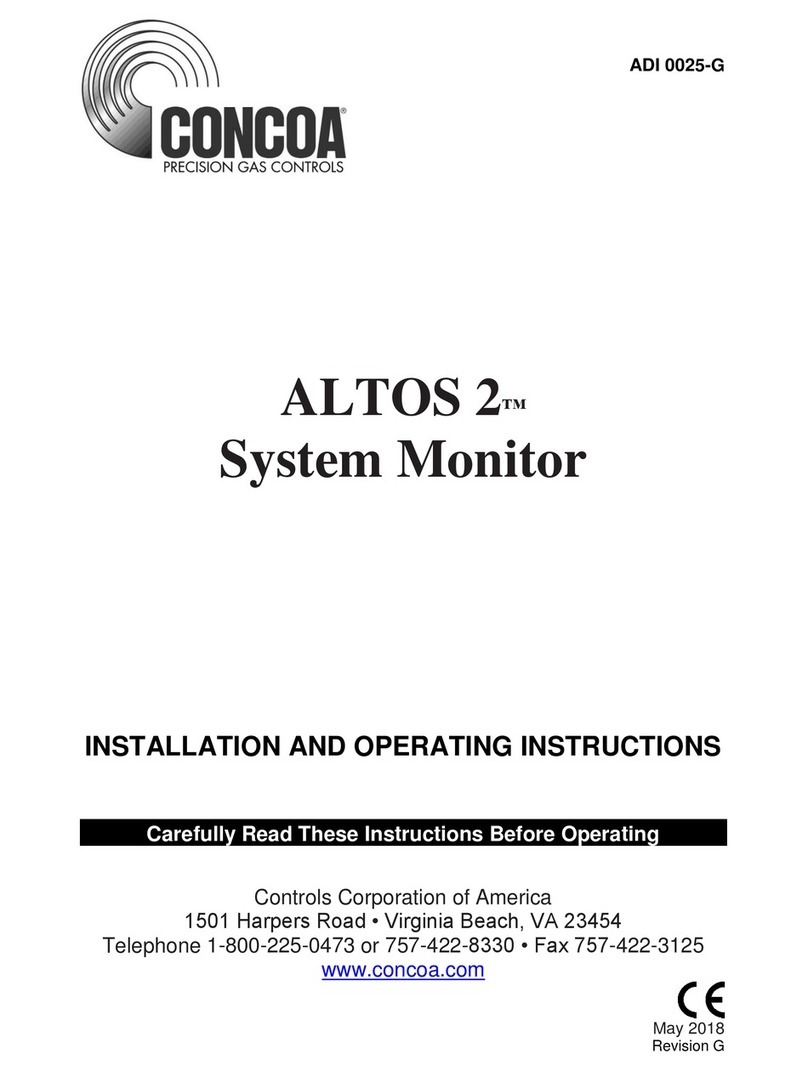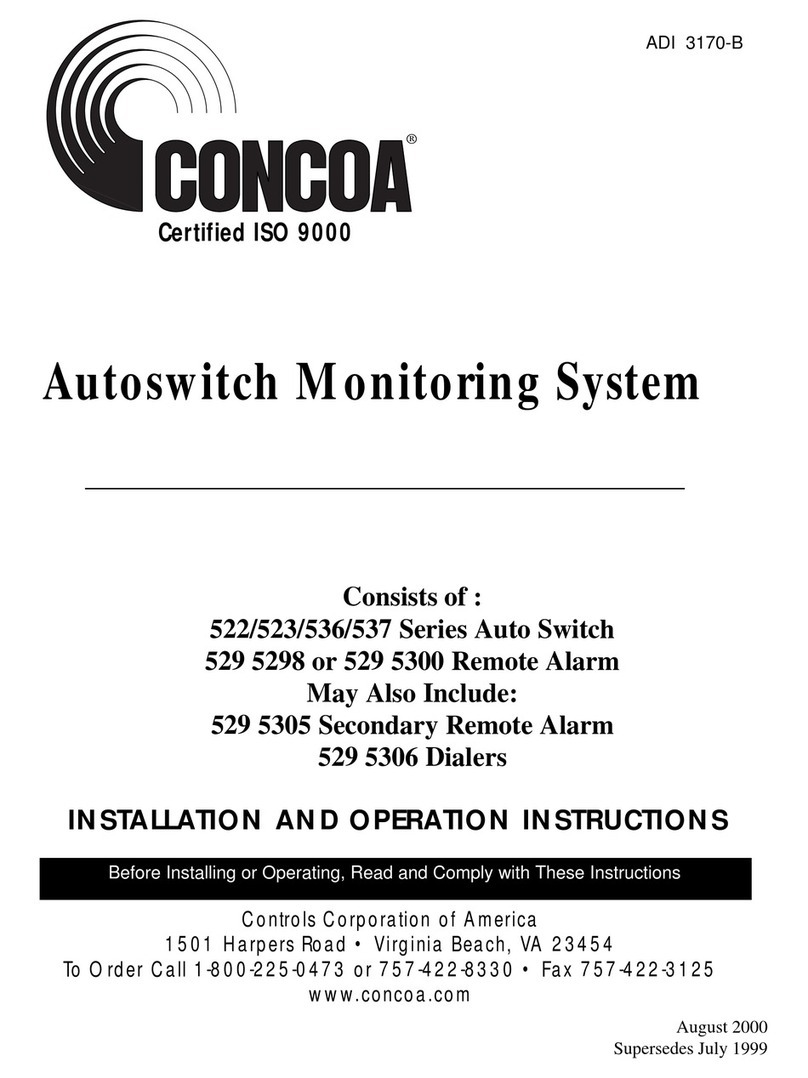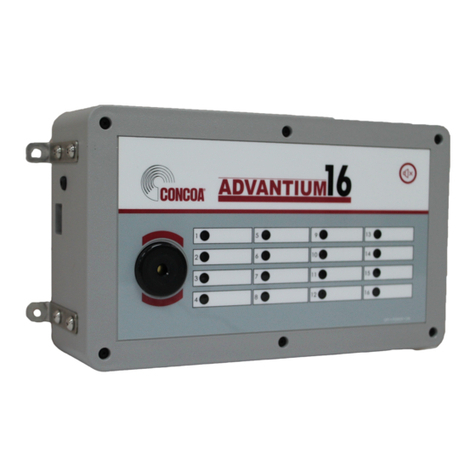
4
Table of Contents
1: Introduction..................................................................................................................................2
1.1 Key Features ....................................................................................2
1.2 Component identification.................................................................3
2: Specifications...............................................................................................................................9
2.1 Performance Specifications .............................................................9
2.2 Gas Detection System......................................................................9
2.3 Signal Outputs..................................................................................9
2.4 Electrical Requirements...................................................................9
2.5 Physical Characteristics...................................................................9
2.6 System Default Factory Settings....................................................10
3: Installation .................................................................................................................................11
3.1 Site Requirements..........................................................................11
3.2 Mounting........................................................................................11
3.3 Wiring............................................................................................12
3.4 Initial Startup .................................................................................13
4: Normal Operation......................................................................................................................14
4.1 Signal Outputs................................................................................14
4.2 Instrument Faults ...........................................................................14
4.3 Routine Maintenance Schedule......................................................15
4.4 Loss of Power Indicator.................................................................15
4.5 Alarm Reset ...................................................................................15
5: O2Monitor Programming..........................................................................................................16
5.1 Joystick Operation .........................................................................16
5.2 Program Flowchart.........................................................................17
5.3 Entering the Password....................................................................21
5.4 Changing the User Password.........................................................22
5.5 Entering the Menus........................................................................25
5.5.1 Set 4-20mA Loop..................................................................25
5.5.2 Set Formats ...........................................................................27
5.5.3 Set Alarm Threshold Polarity ...............................................29
5.5.4 Set Latching..........................................................................31
5.5.5 Resetting a Latching Alarm ..................................................34
5.5.6 Set Alarm Delay....................................................................34
5.5.7 Set Zero Suppression ............................................................34
5.5.8 Set Alarm Thresholds ...........................................................35
5.5.9 Set Alarm Hysteresis.............................................................37
5.5.10 Set Sensor Adjust................................................................38
5.5.11 Main Operation Mode.........................................................39
6: Maintenance & Cell Verification...............................................................................................40
6.1 Sensor Verification ........................................................................40
6.2 Sensor Verification Procedure.......................................................41
7: Appendix....................................................................................................................................44

































